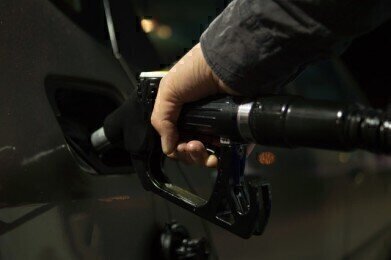Analytical Instrumentation
Why is Petrol Tested?
Apr 18 2021
From recreational cars to commercial fleets, petrol powers vehicles across the globe. While filling up the tank is a simple process, most petrol undergoes rigorous testing and quality control measures before flowing out the nozzle. Below, we take a look at why petrol testing matters and what can happen if standards slip.
Engine performance
Fuel testing is one of the most effective ways to safeguard the interests of motorists. Testing for characteristics such as sulphur, bacteria, sediment and other contaminants helps maintain engine performance and ensure motorists aren’t unwillingly damaging their vehicles.
When quality testing fails the consequences can be devastating. This problem arose in 2007 when petrol sold by several supermarket stations in South East England was contaminated with silicon. This compromised lambda sensors in the engine management systems of more than 10,000 cars and caused around £10 million worth of damage.
Environmental credentials
Emissions are a major cause of concern across the globe, with the average passenger vehicle emitting a huge 4.6 metric tons of carbon dioxide every year. Governments around the world are taking steps to curb emissions, including regulating the amount of ethanol added to blends. The organic chemical compound oxygenates gasoline and supports a more thorough burn to reduce emissions and improve air quality.
In the UK E10 petrol containing up to 10% renewable ethanol is the new “standard” petrol grade. Samples are regularly drawn from stations across the country to ensure forecourts are meeting and maintaining these standards.
Research Octane Number (RON)
Most motorists are familiar with octane levels. This is officially known as the Research Octane Number (RON) and indicates how much pressure a fuel type can withstand before combusting. A higher octane number means the fuel can withstand a greater level of pressure before igniting.
In the UK, standard unleaded petrol has a RON of 95. For higher grade petrol this increases to 98, while top-of-the-range fuels can boast RON of more than 100. High-performance vehicles can benefit from fuels with high octane numbers, so it’s important for petrol to be regularly tested to ensure it’s meeting the advertised standards.
Clean-burning and affordable, Liquified Petroleum Gas (LPG) can extend engine life and minimise your environmental footprint. Like regular fuels, it’s subject to its own unique testing and quality control measures. The cutting-edge calibration strategies and analyser technologies used to map the characteristics of the alternative fuel are explored further in ‘New paths for LPG analysis.’
Digital Edition
PIN 25.1 Feb/March
March 2024
In This Edition Safety - The technology behind the ION Science Tiger XT - Safety with ammonia and LOHCs as hydrogen carriers Analytical Instrumentation - Discussion on new tribology te...
View all digital editions
Events
Apr 28 2024 Montreal, Quebec, Canada
Apr 30 2024 Birmingham, UK
May 03 2024 Seoul, South Korea
May 05 2024 Seville, Spain
May 06 2024 Riyadh, Saudi Arabia


















